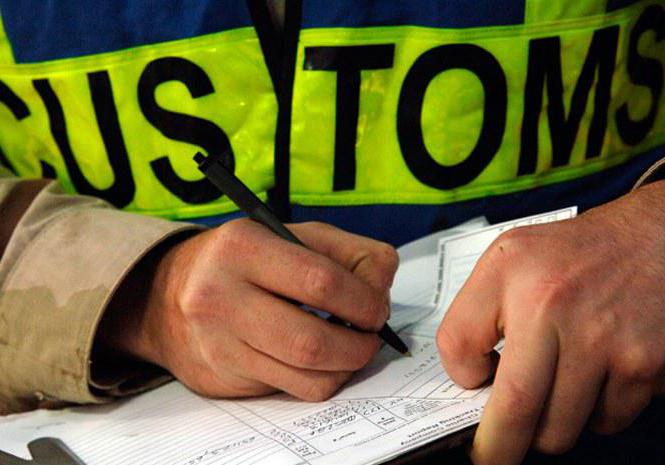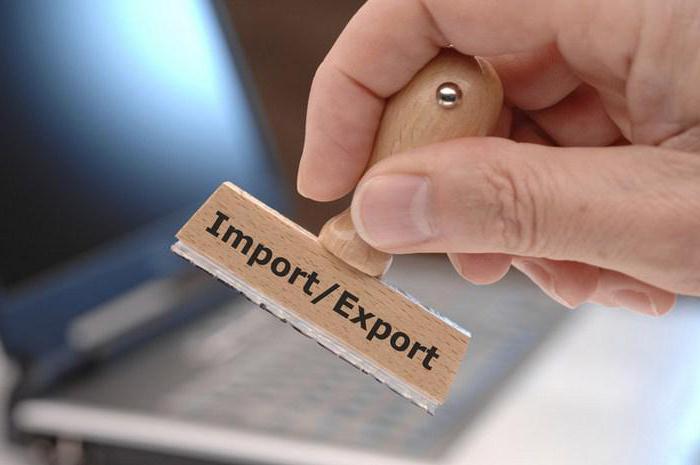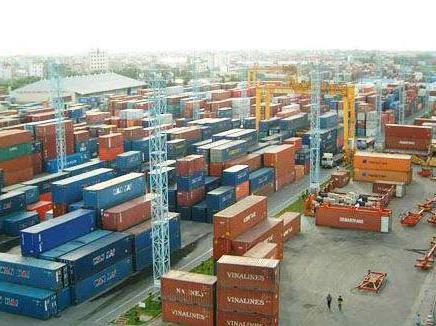The re-export customs procedure acts as the most important link in the process of clearance of goods transported across the border. In some operations, it is final. Let us consider in more detail what are the main features of this design scheme.
What is re-export?
In practice, this scheme, for example, completes the process of processing cargo on the territory of the vehicle, temporary admission (import) or warehouse. Re-export is a process in which previously imported objects are exported back. Non-tariff regulation methods prescribed by law do not apply to such goods. This means that the entity does not need to pay customs duties and taxes. If he has already deducted them, then the amount will be returned to him. It should be noted that in practice this procedure is often used. Re-export of goods is valid for cargo whose import is prohibited or restricted. Also, an operation is carried out when a foreign counterparty, in the presence of a contractual relationship, mistakenly sends products to a TS partner or a discrepancy is revealed in quality, quantity and so on.
Cargo Categories
Under this scheme, foreign goods that are located on the territory of the CU fall. They include, among other things, goods imported with violations of non-tariff regulation methods, as well as products of processing products designed accordingly.  The scheme under consideration applies to products under the release procedure for internal use. In this case, the return must be due to non-fulfillment of the terms of the foreign economic agreement, including in terms of quality, quantity, packaging or description. In this case, the re-export mode will be subject to the following conditions:
The scheme under consideration applies to products under the release procedure for internal use. In this case, the return must be due to non-fulfillment of the terms of the foreign economic agreement, including in terms of quality, quantity, packaging or description. In this case, the re-export mode will be subject to the following conditions:
- The cargo is processed accordingly within 1 year from the date following the day of its release for internal use.
- The control service provided the necessary paper.
- Objects were not used and were not repaired on the territory of the vehicle. An exception are cases when the operation of the cargo was necessary to identify defects or other circumstances providing for its return.
- Products can be identified by the FCS.
Prohibitions and restrictions
One of the conditions under which re-export is applied is the export of foreign products from the territory of the Customs Union. It includes products that were imported in violation of the prohibitions established for objects of this type. Limitations are provided for in the legislation of the Russian Federation regulating the issues of state regulation of foreign trade. Such products are subject to immediate removal from the territory of the Customs Union, unless otherwise specified in the Customs Code (TC) or in other regulatory documents. According to the decision of the Commission No. 312 dated November 27, 2009, a list of objects subject to restrictions or bans on import / export by the member countries of the CU within the framework of the EEC during trading activities with third states was approved. In particular, the movement of ozone-depleting compounds and some other substances and materials across the border is not permitted.
Export of these objects is the responsibility of their owner or person carrying out transportation, unless otherwise provided by international agreements or legislation of the CU member countries.When moving products that are subject to restrictions across the border and not presenting documentation confirming compliance with the established requirements (permits, licenses, etc.), a special rule applies. In accordance with it, such goods must be immediately taken out by the owner or carrier. Categories of products subject to restrictions are indicated in the Unified List. These include hazardous waste, chemicals used to protect plants, and so on.
Key conditions
The customs procedure for re-export is applied in accordance with the provisions of Art. 297 shopping mall. The conditions indicated in the norm are quite diverse. First of all, the article provides a list of products to which the customs procedure in question can apply. Re-export applies for a specific period. Previously, its duration was six months. Currently, the duration of the procedure is one year. In the analysis of Art. 297 you can see a certain analogy with the provisions of Art. 296. The latest norm also provides a list of facilities to which the customs procedure in question may apply. In fact, the conditions established by Article 197 relate to products designed for release for internal use.
Documentation Specifics
First of all, it should be noted that permission to place objects for re-export is provided by the body that accepted the declaration from the subject. The document is stamped or other marks are made confirming the possibility of release. Together with the declaration, the entity provides information on the circumstances in connection with which the objects are located on the territory of the vehicle. They can be:
- Supporting papers of the customs service, which controls these goods. They can be presented in the form of a letter signed by the head of the body or his deputy and certified by a seal of the seal of the FCS unit. This document indicates information on compliance with the conditions and requirements of the procedure in accordance with which the goods are located on the territory of the Customs Union.
- Papers certifying the fact of cargo placement in the control zone. Such documents are necessary if no customs procedure has been declared regarding the facilities.

additional information
It was said above that in relation to certain categories of goods, the customs procedure for re-export is valid when the control service provides a package of securities. The list of documentation is given in Art. 299 TC TC. The papers must contain information about:
- Failure to comply with the terms of the foreign economic contract.
- Operation of products after registration of their release for internal use.
- The circumstances of the import of goods into the territory of the vehicle. They are indicated in accordance with documents confirming the conclusion of a foreign economic transaction.
- Putting products under the release procedure for internal use.

Customs duties
When registering the cargo, the control authorities are often guided by Art. 196, 87 and 85 TC TC. In accordance with the regulations, employees of the FCS unit may require the subject to provide security for payment of customs duties in the amount as if the transported objects were released into free circulation. The legislation establishes cases in which this provision does not apply. In particular, security for the payment of fees is not provided if:
- The FCS division issued a permit for the internal transit of goods for the purpose of their removal from the territory of the Customs Union while placing them under the re-export procedure.
- For registration declared products that are at a checkpoint through the state border of the Russian Federation, and for which there is a simplified declaration scheme.
Nuance
It should be noted that if the internal transit procedure is applied during transportation of objects drawn up for re-export through the territory of the Customs Union from the authority where they were declared, in the region where it operates, there is a checkpoint through which goods will be exported, control services also have the right to require ensuring payment of established duties.
Final stages
After the conditional release of the re-exported goods is carried out, the customs service provides a copy of the declaration. This document is necessary for subsequent submission to a control authority located at a checkpoint through the state border of the Russian Federation upon departure of objects from the territory of the Customs Union.
Export of cargo is allowed only with the appropriate permission. It is issued by a body located at a checkpoint through the state border of Russia. Permission is granted upon presentation of a declaration certifying the fact of placing the goods under the re-export procedure. All documentation must be executed in accordance with the requirements provided for in the TC TC. In the absence of violations, objects are exported from the territory of the Customs Union to their destination.








